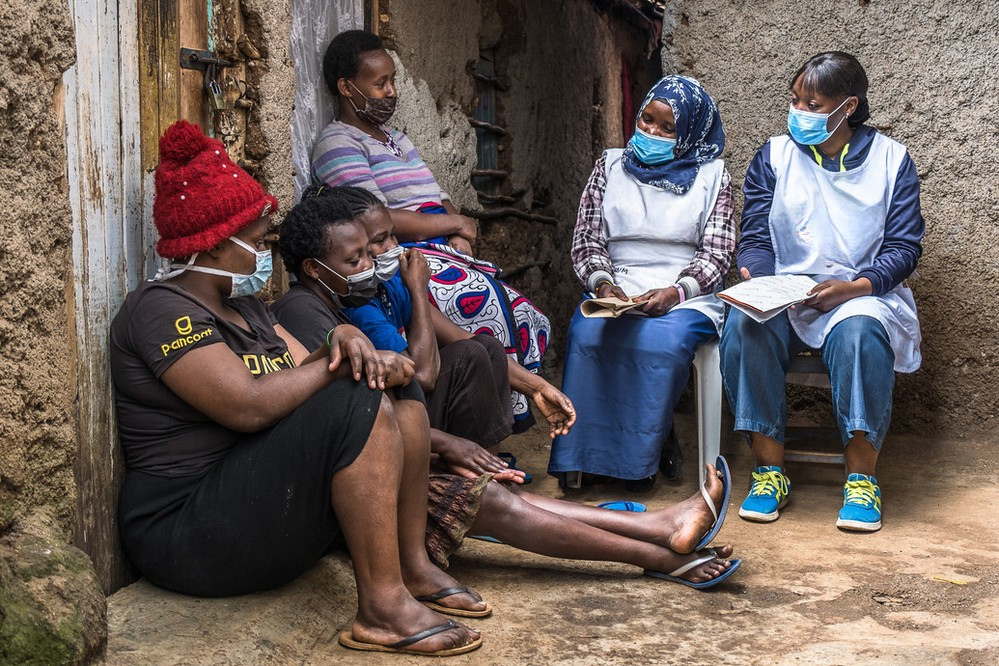Supporting an Overburdened Obstetric System
There are multiple factors contributing to this pervasive shortage of midwives in the United States. For one, prospective midwives face a lack of federal funding to support their training and education, which means fewer people entering the profession. This scarcity of new midwives coincides with a striking shortage of maternal healthcare providers in the US. Over one-third of counties across the country are considered obstetric deserts with no access to birthing centers, hospitals, or obstetric providers. That means less perinatal care and poorer health outcomes for babies and birthing people. While midwives could help provide desperately needed relief in these regions, in most states, they aren’t widely incorporated into hospitals or given professional autonomy.
Outdated laws and regulations require many midwives to work under physician supervision, resulting in duplicative efforts and unnecessary oversight. And their full scope of services is rarely covered by insurance providers, which makes midwife-assisted maternal care even more inaccessible to low-income families. This is in stark contrast to many high-performing maternal health systems around the world — countries like the UK, Netherlands, and New Zealand — where midwives are fully trusted and integrated into the mainstream healthcare systems. In the United States, there are only four midwives per 1,000 births, compared to an average of 57 midwives per 1,000 births in other high-income countries.
Challenges Surrounding Maternal Mortality in the US
We’re not facing a maternal health crisis — we’re facing a crisis of the maternal healthcare system. The staggering rates of maternal mortality in the US aren’t due to the minds or bodies of women and birthing people but rather failures in the systems meant to care for them.
While the US spends more on healthcare than any other country, our health outcomes are markedly poorer than those of our high-income peers. This troubling trend can also be seen in America’s maternal healthcare. In fact, the US suffers from one of the highest maternal mortality rates among developed countries, a rate that has continued to worsen over the past decade: from 17.4 deaths per 100,000 live births in 2018 to 32.9 deaths per 100,000 live births in 2021. This is nearly 10 times the rate of other high-income nations like Japan, Germany, and Australia. And while these rates have been rising across all ethnicities in the US, Native American and Black women are two and three times more likely to die from a pregnancy-related cause than White women.
The reasons behind the US’s worsening maternal mortality rates are complex and multifaceted, spanning social factors like racial, ethnic, and gender bias in the healthcare system, inequitable access to preventative care, and pre-existing health conditions like cardiovascular disease and mental health disorders. Yet, data from the CDC suggests that over 80 percent of pregnancy-related deaths in the US are preventable.
Midwives Save Lives
Expanded access to midwives is a practical and proven strategy to improve care and save lives. In addition to administering fewer unnecessary medical interventions, their holistic, interdisciplinary approach is associated with a much higher rate of spontaneous vaginal delivery and a lower rate of cesarean sections. Research indicates more positive birth outcomes and fewer maternal deaths in regions where midwives are well-integrated into the health system. Their contributions result in fewer preterm births, low birth weight infants, and neonatal deaths.
Central to their practice is informed consent and culturally concordant and trauma-informed care — particularly for members of marginalized communities. Integrating midwives into healthcare systems worldwide could provide 80 percent of essential maternal care while reducing maternal deaths by 41 percent, neonatal deaths by 39 percent, and stillbirths by 26 percent.
Midwives’ comprehensive approach, which combines compassion and medical expertise, makes them indispensable in improving maternal and infant health outcomes in the US and globally. Broadening access to midwife-led care in the US would not only help address the need for more maternal healthcare providers but also offer care alternatives and supplements that improve outcomes for birthing people and their babies.



